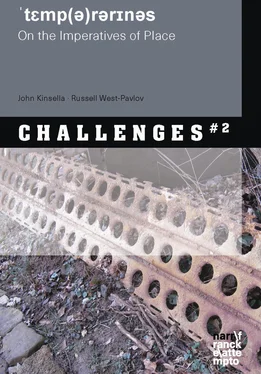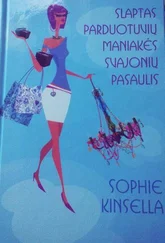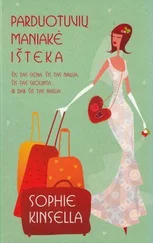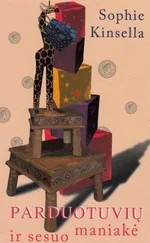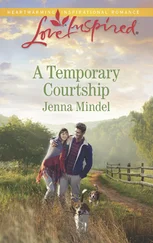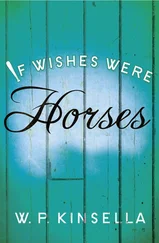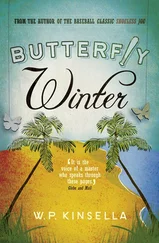In the tower I was taken by the remarkable letter with three palimpsests of poem drafts1. Astonishing. And a magnificent coal tit in full song on the limb of a weeping willow in bud, over-reaching the river. And the trunk—massive—of a plane tree on its side on the island, with kids climbing over it. Innocence and experience are in need of revising, as is the neo-Romantic sublime that underpins so much Westernised ‘ecopoetry’. Only intense conservation and respect for environmental intactness—environment beyond the human (all humans)—and highlighting the intensity and worth of ALL life will bring a repair to the biosphere and all of us—adults, children... Animals—within it. As the white cat arched itself and waited at the door of Zimmer’s house to be let in. On this warmer winter’s day with blue breaking through the clouds even thirteen-year-old Tim leapt about.
27/02/2016 Tübingen
Went for a good walk with Tracy and Tim around the Österberg this afternoon. The grassed banks and copses of forest as we walked east, then turned back down to the Neckar where downriver of the hydroelectric bridge/plant was a flotilla of about thirty swans, with new arrivals skiing in at regular intervals. Many songbirds in riparian vegetation: great tits, coal tits, blackbirds...
Deeply moved to see the Denkmal to the memory of the Jews who were murdered or driven into exile by the Nazis and their sympathisers. It is located where the old synagogue had been—burnt down by the Nazis. The memorial is on the Gartenstrasse at the Synagogenplatz. It is one of the most affecting places I have ever come across. It is horrific to know that the university here (and of which I am part at present) was built on the ‘foundations’ of the expulsion of Jews in the late fifteenth century (the founding of the university coincides with this disgraceful act). The monument is made from rusted steel and includes the names of those who escaped and those killed. It also includes information about the synagogue and the acts of the Nazis. I will write a poem. This is why I write. Poetry can only be experience or witness. Witnessing is ongoing. Witnessing of the moment is the means by which we might try and stop a horrific event. But witnessing continues—when we stop witnessing, the horror begins again, or regains momentum. What shocked us further was that it took until 2000 for this monument to be erected. An apartment building has been built on the site!
Language needs to be reclaimed and reconstituted to note and record and converse with the horrors of the past. Poems are not objects but living memorials. They are always active. We need to be vigilant in our texts—wary of the bigotries absorbing discourse as they are now (again) in Germany and elsewhere over Syrian refugees and (the irrational fear of) Islam. Even the ‘picturesque’ village of Bebenhausen (I am trying to unpick that ‘picturesque’ notion in a new series of Graphologies)—with its monastic underpinnings (and antlers over doorways tapping into the hunting heritage and the active hunting blood-rites stuff of the contemporary ‘outdoors’ hunter person of modern Germany’s aching forests)—even Bebenhausen was a major ‘retreat’ for Nazis after the war. Somewhere picturesque and ‘authentically German’ for them to retire to.
Donald Trump and Citizen Kane. Boosterism. Trump’s ‘democracy’ is the world’s dictatorship. We eat his/their shit!
28/02/2016
We walked up to the Spitzberg this afternoon—hazy, glary light and cold, a prelude to the snowstorms predicted for tomorrow. Walking along the paths of the south-east corner of the forest, we passed a frozen pond that has been de-silted and de-shaded (euphemism for trees removed) as part of a preservation programme for the Kammmolch —the great crested newt. This creature is on the red list. A group of off-their-faces late teens wandered into the forest and past the pond, seemingly oblivious to all around them. The forest as their refuge. Collective aloneness. One of them seemed to be suffering drug psychosis, but was left alone in the moss and fallen trees to work it out. I would like to hope some of them were trying to connect with the forest, but they appeared to be indifferent to it. I always hope for the best. It is a place of great plant diversity—beech, oak, conifers, many plants we won’t see till spring (when we will walk here a lot!), hundreds of insect species, bird diversity, wild pigs, and hopefully bats. A walk east along the heights takes you to the Schloss, walking past the ‘Bismarck tower’—cold block of concrete. Views all round of the Neckar and Ammer valleys, of the small towns surrounding Tübingen and Tübingen itself. Small farmlets on the south-side terraced hill where there were vineyards during the nineteenth century.
29/2/2016
Just been listening to Tennessee Williams reading his early poetry—CD in the back of Roessel’s and Moschovakis’s edited Collected Poems (2007). The reading of ‘The Summer Belvedere’ and ‘Little Horse’ were particularly moving and slant. I admire his off-angle ways of seeing and his joy in language and sound. There is almost epic movement in ‘Belvedere’ without the poem leaving the immediate environs. War, damage and immediacy—little losses against the large, the private madnesses.
Little snow overnight—a dusting—but not the 15cm they predicted. Weather predictions here are invariably wrong.
Thinking more and more about memorials and memory places.
Old hospital looms large
& ground holds the left-overs
of bodies donated to science
or the Nazi-era
sterilisations. I send
my poems to a friend
in Tel Aviv for feedback.
There’s support but language
slippage means anti
is anti anti. Sun is
through now & the old
hospital with its peaks
looms large, grandiose,
controlling its body.
Rest in peace. Rise up.
Reclaim.
We are making our own ‘desire lines’. We are creating grooves we might get stuck in. We vary our path slightly or add new lines. Extensions. Augmentations. Radical diversions. Large cats walk lower ledges of apartment buildings. Each day the spray-painted tags multiply. The message is the name. The name is the word. So many were here. So many mark their paths. Flag desire, its lines, its wish-fulfilment, emptiness. Listen to steps on cobbles, the soft ground open by the river. Sound of bicycles in the tunnel, wet tyres drying with motion. The tic-tac-toe of this town, like and unlike. Our walking.
In my new Blake-Dante work, both Blake and Dante have become whispers, echoes, marginalia to the concerns of here and now. As all else was echoes to their heres and nows. Not templates but residues I work through and around. As Tim maps Iting (his many-years-old-now imaginary world) in increasing detail and with greater and great complexity, so I unmap and remap my engagement with literature, music and art that have scaffolded my own work. I am not completely undoing but I am replacing, working in and around, and going elsewhere. There is no ekphrasis. Tim’s self-immersion in world music has also been an epiphany for me. Nepalese, South Seas, many African countries, Japanese and Chinese music—he has a capacious appetite for breadth and difference and I learn from him regarding musical notation and the textures and tones of specific instruments. We are up to page 166 in our nightly reading of Finnegans Wake .
3/3/2016 Tübingen
Have started reading and (re)considering the work of Pierre Nora (1989) on history and memorial sites. Considering Klee’s, ‘Art does not reflect the visible; it renders visible’ as footnoted in Henri Lefebvre’s The Production of Space (1991: 125n), we might contest and rejoinder: Art is a concept of the visible, its truths are interior and invisible. It is the invisible I track as I walk and collate all I see, experience, learn. I do not wish to make these things visible as such, but rather suggest that they might be thought of as visible. That is, I want to be aware, but NOT appropriate. I want to observe but not fetishise in the consuming/possessing sense of the word. Others might have good reason to absorb or comment in that way, but I don’t, personally. Further, to ‘possess’ can be temporary, to own is to desire the exclusive use (or the rights over usage) until ‘it’ is either sold, given, inherited, lost or stolen. Talking of the Bauhaus, ‘as artists associated in order to advance the total project of a total art’, Lefebvre notes (as consequences) three points: ‘1. A new consciousness of space 2. “The façade” [he notes: ‘Fascism, however, placed an increased emphasis on façades...] 3. “Global Space”.’ (ibid: 125) Regarding the latter, he says, ‘Global Space established itself in the abstract as a void waiting to be filled, as a medium waiting to be colonised. How this could be done was a problem solved only later by the social practice of capitalism: eventually, however, this space would come to be filled by commercial images, signs and objects. This development would in turn result in the advent of the pseudo-concept of the environment (which begs the question: the environment of whom or what?).’ (ibid: 125)
Читать дальше
